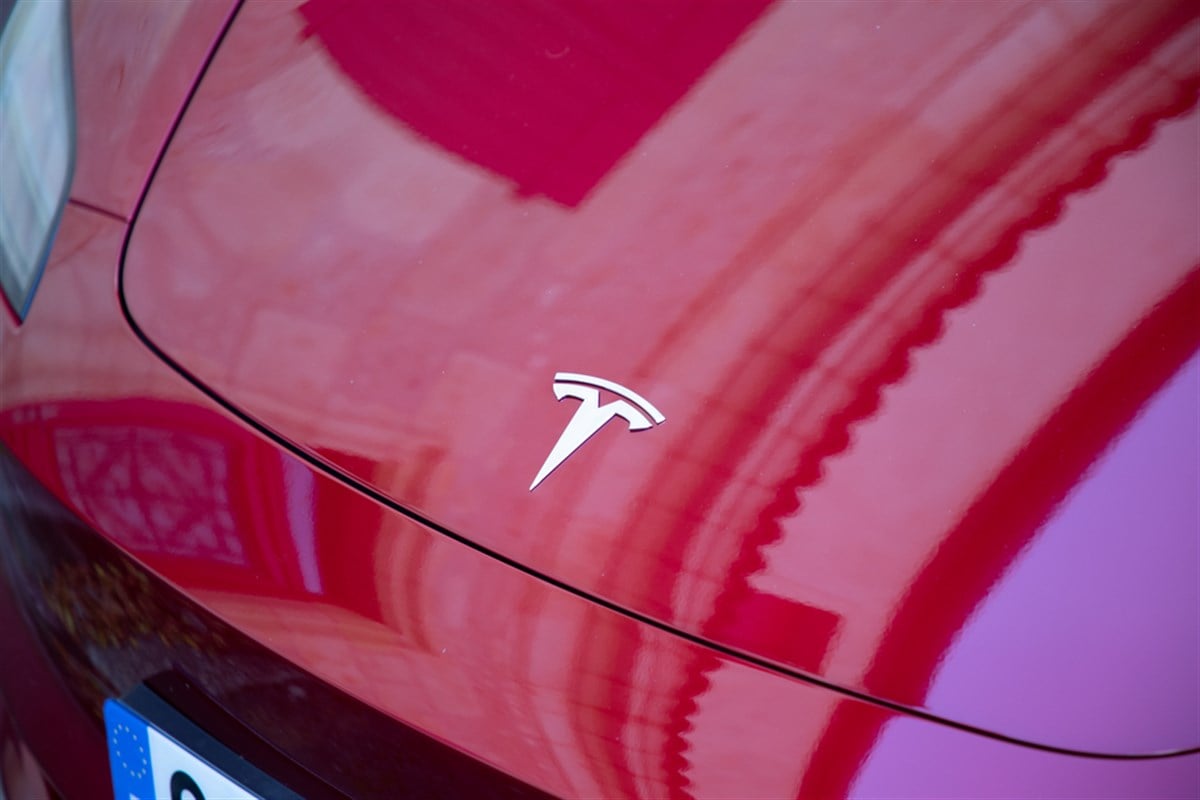
You know that feeling when you’re watching a suspenseful movie, and the ominous music and the editing pace tell you something big is about to happen, but the “when” keeps you riveted
Maybe it’s not so scary, but the widespread adoption of EVs is in that category: It’ll happen, but consumers have decided to keep the entire market in suspense as to when.
Tesla Inc. (NASDAQ: TSLA) shares are down 13.25% in the past month, underperforming other consumer discretionary stocks in the Technology Select Sector SPDR Fund (NYSEARCA: XLK).
Tesla has already faced some bumps in the road, but additional recalls include one to fix doors that could open in a crash, and allegations that the company was aware of defects in its Autopilot autonomous driving system.
However, the EV industry as a whole is running into some roadblocks that policymakers probably didn’t expect when they were imposing mandates for the numbers of EVs on the road in the coming years.
Hertz replacing EVs with plain-old gas-powered cars
In January, Hertz Global (NASDAQ: HTZ) said it would sell all 20,000 Teslas in its rental fleet.
Ordinarily, a rental car company selling vehicles is a big yawn, since it’s a normal business activity. But with investors and potential customers keeping a close eye on Tesla, the move grabbed headlines.
Hertz made a push into the EV business in 2021, when demand for the vehicles was ramping up quickly. About 11% of Hertz’s fleet consists of EVs. That number will decrease after the sales are complete, with the company saying it will reinvest proceeds into plain old internal combustion engines “to meet customer demand.”
Hertz had already signaled some discontent with EVs, saying in an October call with investors that the costs of operating the Teslas were a concern.
Rental car customers haven't warmed to EVs
But the deciding factor was likely just a lack of customer demand. As charging stations are still unreliable, and people frequently rent cars for longer road trips, so they’re unfamiliar with the chargers along the way. Although there are apps for that, many drivers don’t want to take the risk, preferring to pull into a run-of-the-mill gas station as needed.
The range of EVs is also a concern to potential renters, as well as potential buyers. In addition, when renting a car away from home, it could be challenging to charge up overnight.
Although Hertz offered incentives to rent their EVs, including a free day with a rental of two days or longer, customers still weren’t interested.
Overall, customer lack of interest is affecting the EV industry. Tesla’s deliveries were essentially in line with analysts’ expectations in 2023, but when the company reports full-year results on January 24, Wall Street expects net income of $3.07 a share, a decline of 25%.
The chief culprit is price cuts to move volume.
Analysts see Tesla earnings growth returning
This year, analysts expect earnings growth of 22%.
Although analysts are forecasting an earnings rebound this year, Tesla and the EV industry in general are still seeing more hurdles. It’s already well known that Ford Motor Co. (NYSE: F) cut production of its all-electric F-150 Lightning pickup truck.
However, with cold temperatures hitting a large swath of the U.S. in January, EV drivers are finding that their cars don’t charge as quickly as they’d hoped, among other problems.
Various media outlets reported that motorists in the Chicago area were waiting in long lines at charging stations, although in some cases the batteries died while drivers waited. The cold was also affecting the chargers themselves, with many malfunctioning.
EVs less efficient in cold weather
Those lucky enough to have enough power to reach a working charger found it was taking much more time than they’d planned.
With a car powered by gas or diesel fuel, drivers don’t generally stress much about finding a gas station. All vehicles are less efficient in cold weather, but the situation is more severe with EVs.
The widely publicized cold-weather problems for EVs will likely discourage other would-be buyers, at least until Tesla and other manufacturers can satisfactorily address those issues.
The Tesla chart shows the stock underperforming the broad market’s pullback on January 17, indicating that there was some Tesla-specific selling, beyond the general market’s interest-rate-driven selloff.
